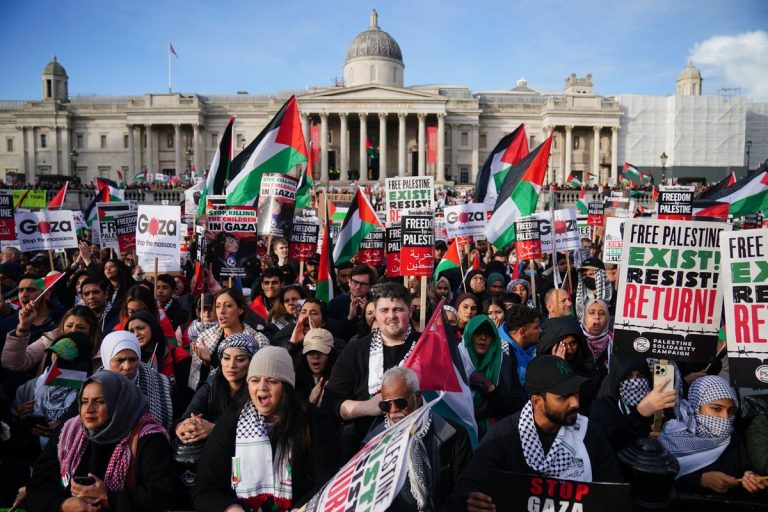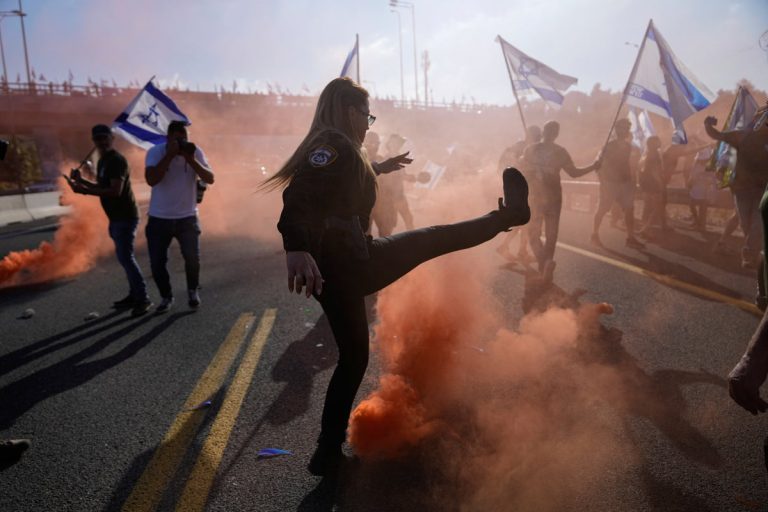The EU’s chief is trying to help Ukraine prepare for winter. Half its energy network is destroyed.

Your support helps us to tell the story
Find out moreClose
As your White House correspondent, I ask the tough questions and seek the answers that matter.
Your support enables me to be in the room, pressing for transparency and accountability. Without your contributions, we wouldn’t have the resources to challenge those in power.
Your donation makes it possible for us to keep doing this important work, keeping you informed every step of the way to the November election
Andrew Feinberg
White House Correspondent
European Commission President Ursula von der Leyen arrived in Ukraine on Friday focused on helping the country to repair and reconnect its war-damaged electricity grid and boost its heating capacity as winter approaches.
Around half of Ukraine’s energy infrastructure has been destroyed during its war with Russia, and rolling electricity blackouts leave parts of the east in darkness for four hours at a time. Von der Leyden said it was as though all of Latvia, Lithuania and Estonia had lost electricity.
Meanwhile, winter is approaching.
“Heating season starts in two weeks and Russia’s relentless attacks on Ukraine’s civilian energy infrastructure aims to inflict maximum damage,” von der Leyen said as she arrived in Kyiv for talks with President Volodymyr Zelenskyy. “We will help Ukraine in its brave efforts to overcome this.”
The main aim is to help Ukraine decentralize its power grid, and to become less reliant on the big power stations that make easier targets for Russian forces. Around 260 missiles rained down in a major attack on energy infrastructure late last month.
The Europeans have already sent more 10,000 generators and transformers, and they’re supplying small and more mobile gas turbines too. These types of electricity-providing equipment is harder to hit and easier to repair.
Ukraine’s winter runs from late October through March, with January and February the toughest months. The Europeans hope to help supply around 25% of the 17 gigawatts of power that the country is likely to need this winter.
One aim of the EU assistance is to provide an incentive for people to stay in Ukraine. Some 4 million people have fled since the war began in February 2022, often to Poland and other neighboring countries.
The EU is providing assistance, such as short-term help to find a place to stay, jobs or education. But recently the number of people leaving has climbed. The commission, the EU’s powerful executive branch, estimates that 10,000 more people are applying for help each week.
On Thursday, the commission announced that it would provide an extra 160 million euros ($180 million) to help fortify Ukraine’s energy network. Of that, 100 million euros ($112 million) come from the windfall profits the EU has earned from interest on frozen Russian assets.
Von der Leyen said the plan is to make “Russia pay for it through the revenue generated by their frozen assets.” Denmark is also leading the charge on using the money to place orders for weapons and military equipment directly with Ukraine’s defense industry.
She and Zelenskyy will also discuss the use of loans organized by the Group of Seven major industrial powers to help bolster Ukraine’s conflict-ravaged economy, and weigh progress in Kyiv’s efforts to join the EU.






